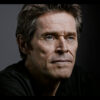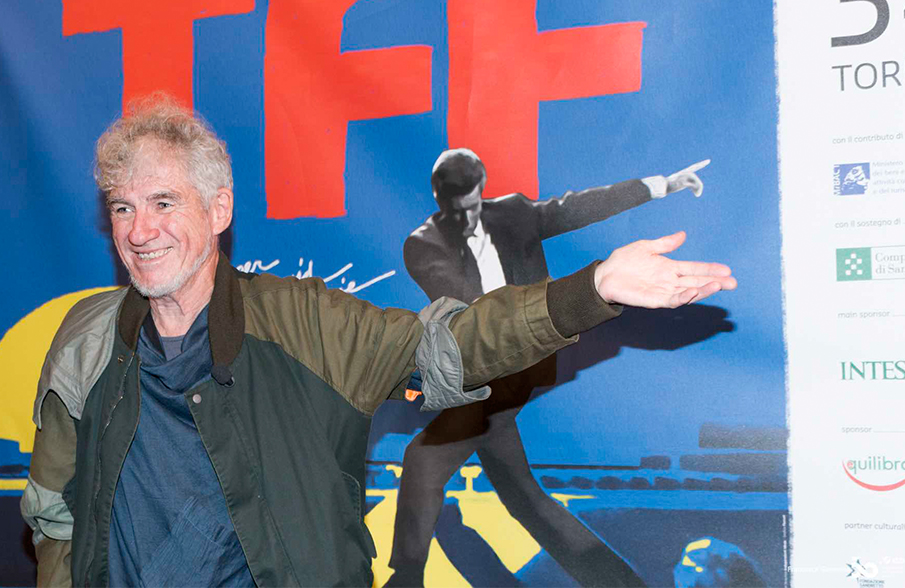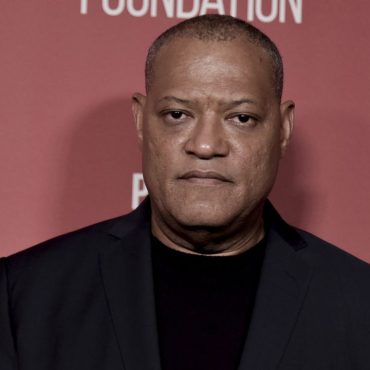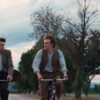PODCAST | Chiara Nicoletti interviews Christopher Doyle, cinematographer winner of the Gran Premio Torino.
To listen to the interview, click on the ► icon on the right, just above the picture
The Gran Premio Torino at the 34th Torino Film Festival goes to cinematographer Christopher Doyle. When he was 32 years old, he received a calling and understood his vocation in cinema and devoted his life to cinematography. We owe Doyle the psychedelic and hypnotic photography of eight films by director Wong Kar Wai, including masterpieces such as 2046 and In the Mood for love. He wanted to be the Mick Jagger of cinematography but was defined by critics as more of a Keith Richards, a definition that he’s now quite comfortable with. Doyle has also directed several films, among which there is Hong Kong Trilogy: Preschooled Preoccupied Preposterous.
Christopher Doyle was born in 1952 in Sydney and ran away aboard a Norwegian merchant ship when he was eighteen. He has raised cattle in Israel, worked as an oil driller in India and studied traditional Chinese medicine in Thailand, and he became a photographer in Taiwan during the Seventies. During those same years, he was reborn as DuKe Feng (which means “like the wind”), his Chinese name. He is fluent in Chinese – both the Cantonese and the Mandarin dialects – and also speaks English, French, Spanish and Japanese. In Taiwan, in the early Eigthies (by chance, he says, encouraged by his friend Edward Yang, who was debuting as a director), he also encountered his art and his vocation: cinematography, and he is one of the greatest in recent decades. His work with Wong Kar-Wai is legendary (eight movies together) and he has also worked with Stanley Kwan, Chen Kaige, Zhang Yimou and many other Chinese and Taiwanese filmmakers. But he has also collaborated with Gus Van Sant (Psycho and Paranoid Park), Jim Jarmusch (The Limits of Control), Barry Levinson (Liberty Heights), Neil Jordan (Ondine), Philip Noyce (The Quiet American), M. Night Shyamalan (Lady in the Water), Sebastián Silva (Magic Magic), and Alejandro Jodorowsky (Poesia sin fin), and has directed a number of movies, including the beautiful portrait of three different generations, Hong Kong Trilogy: Preschooled Preoccupied Preposterous. Rather than theorize, he prefers to encourage people to “do,” “invent,” “express themselves;” his gaze has deep, full grandeur, as well as accents of crystalclear poetry of the quotidian. He considers himself a “passage” between the person in front of the camera and the audience member, and believes that being an “outsider from the inside,” as he has been for much of his life (“a white guy in a yellow world”), is vital for becoming a good cinematographer, able to capture things which stand out, which people recognize but have never consciously noticed. To this free, eccentric and profound eye, a shot “is always the first shot.”






































